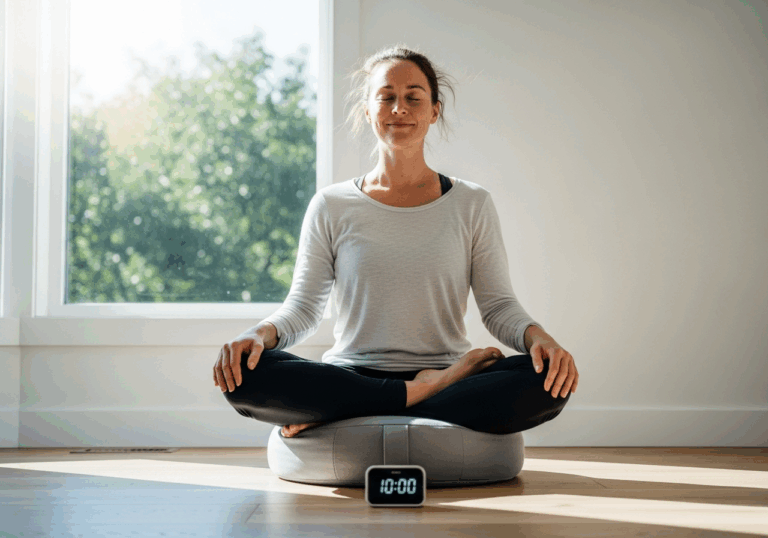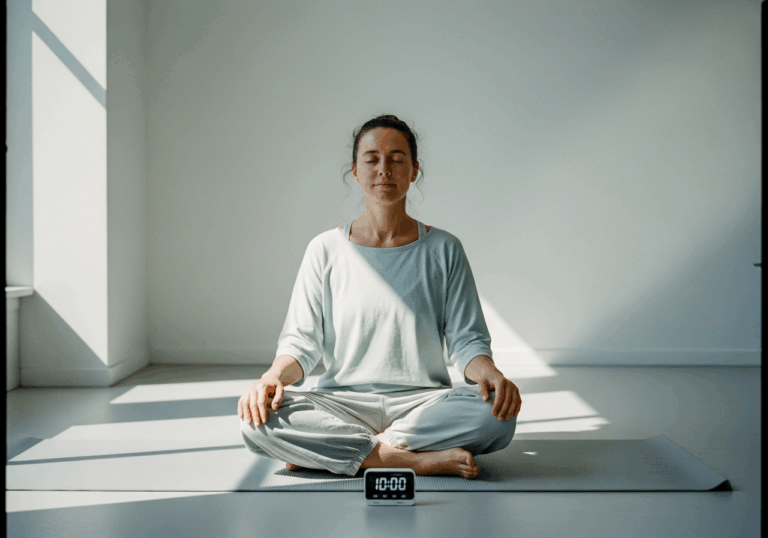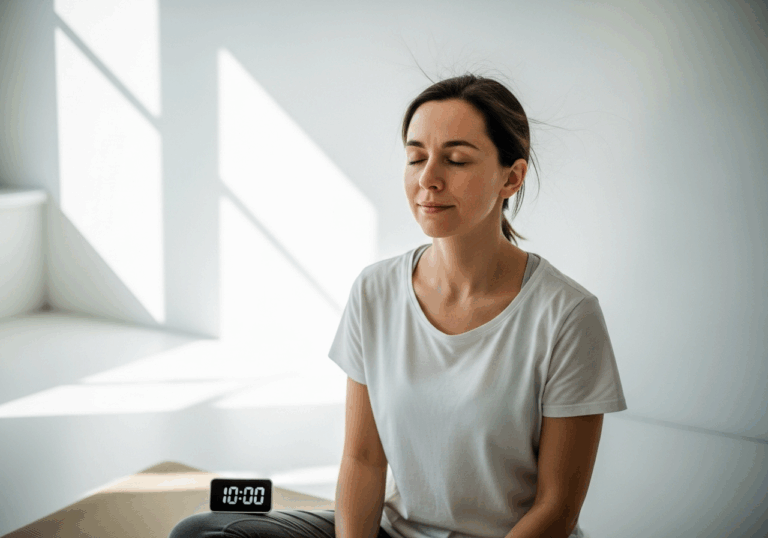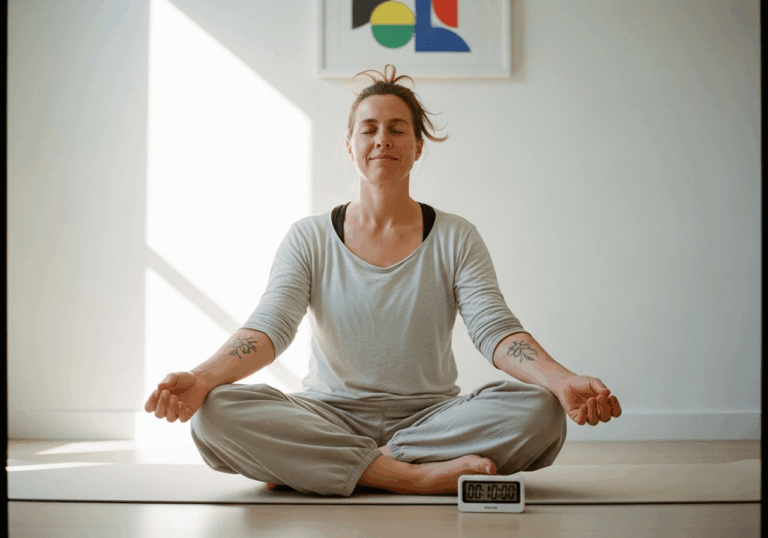Science-Backed Tips
Transforming Phobia Treatment with Virtual Reality
90% of participants show clinical improvement using VR therapy.
📊 Did you know?
💡 Why It Matters
1️⃣
The high efficacy of VR therapy (g = 1.79) indicates a promising alternative for treating specific phobias.
2️⃣
With 90% of participants experiencing clinical improvement, VR therapy could significantly enhance quality of life for those with phobias.
3️⃣
This approach may reduce healthcare costs associated with traditional therapy methods due to its effectiveness.
✅ Try These Micro-Tips
🎯
Engage in VR therapy sessions for at least 30 minutes, 2-3 times a week.
🎯
Consider joining a structured VR therapy program led by a licensed professional.
🎯
Track your progress and mood changes weekly to assess improvements.
🎯
Discuss your experiences with a therapist to maximize the benefits of VR therapy.
📚 The study
❓ Frequently Asked Questions ❓
Learn more
What is VRET?
VRET stands for Virtual Reality Exposure Therapy, a treatment method that uses virtual reality technology to help individuals confront and overcome specific phobias. It has shown significant effectiveness in reducing phobic anxiety and improving mood.
How effective is VRET for treating specific phobias?
VRET has achieved a large effect size of approximately 1.79, indicating strong efficacy in treating specific phobias. About 90% of participants experience clinical improvement after undergoing this therapy.
What does the effect size of g = 1.79 mean?
An effect size of g = 1.79 suggests a large and meaningful impact of VRET on reducing phobic anxiety. This statistic highlights the therapy’s potential to significantly improve the quality of life for individuals with specific phobias.
How often should one engage in VRET sessions?
It is recommended to participate in VRET sessions for at least 30 minutes, 2-3 times a week. Consistent engagement can enhance the effectiveness of the therapy.
Can VRET replace traditional therapy methods?
While VRET is a promising alternative, it may not completely replace traditional therapy methods but can complement them effectively. Its high efficacy could potentially reduce healthcare costs associated with conventional treatments.
What should I track during VRET?
Tracking your progress and mood changes weekly is essential to assess improvements during VRET. This self-monitoring can help you and your therapist understand the therapy’s impact on your phobia.
Is it necessary to work with a professional for VRET?
Yes, it is advisable to join a structured VRET program led by a licensed professional for optimal results. Professional guidance can ensure that the therapy is tailored to your specific needs and circumstances.
What is the significance of the 90% clinical improvement rate?
The 90% clinical improvement rate indicates that a vast majority of participants benefit significantly from VRET. This statistic underscores the therapy’s effectiveness in addressing specific phobias.
How does VRET elevate mood?
VRET elevates mood by facilitating robust fear extinction, allowing individuals to confront and overcome their fears in a controlled environment. This process can lead to a reduction in anxiety and an overall improvement in emotional well-being.
What should I discuss with my therapist regarding VRET?
Discussing your experiences and feelings during VRET sessions with your therapist is crucial for maximizing the therapy’s benefits. Open communication can help tailor the approach to better suit your needs and enhance treatment outcomes.





